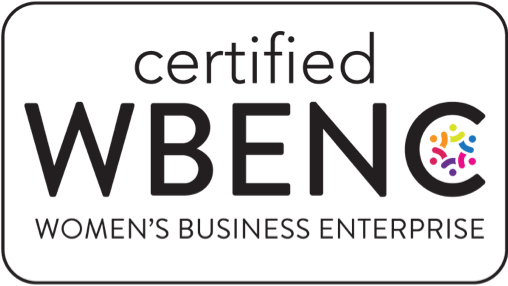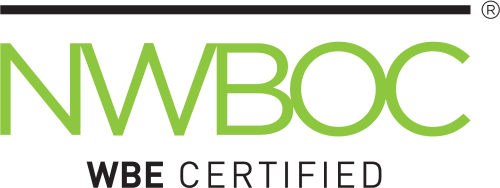Case study: Federal government
Delivering a customer-focused organizational design

Unconventional consulting—and breakthrough results

Increase in on-the-job knowledge

Immediate uptick in customer satisfaction scores

Processes standardized for better operational effectiveness
The new Management Services (MS) division of the Food and Drug Administration’s (FDA) Office of Management faced growing pains during its rapid organizational ramp-up. This division was created to provide administrative services for 25 FDA offices. MS leaders saw two paths ahead: to become a truly centralized administrative office for all of FDA, or to concentrate on providing a few select services.
Unsure of their future trajectory, MS leaders brought in Eagle Hill Consulting’s organizational design experts to clarify the division’s goals, role within the organization, and structure.

Goal
To create and implement an organizational design that aligns with the FDA’s mission while enhancing service delivery. This would be achieved through team unification and a comprehensive organizational assessment.
Our starting point
MS leadership wanted to establish a customer-focused, value-based approach and initiated an internal working group for an organizational assessment.
Eagle Hill’s organizational design and project management services accelerated the change by focusing on:

A comprehensive organizational assessment to pinpoint gaps and inefficiencies.

Defining an organizational design that clarified roles and responsibilities.

Standardizing over 30 processes to ensure team unification across various functional areas.
The roadmap to success
Our team gathered staff insights to inform the organizational assessment. This, along with implementing structured communication and feedback processes, helped the MS staff feel like a more unified team.
We recommended that the MS division transition to a centralized model that would reduce administrative burden and improve overall operational effectiveness.
We also advised that the division move to a customer-focused delivery structure where the customer has one point of contact within MS, who then pushes the service request to the appropriate subject matter experts internally.
By delivering over 20 skills trainings, our team increased on-the-job knowledge by 12%.
Our organizational assessment provided the foundation for an effective organizational design. This led to an immediate 16% increase in customer satisfaction scores while paving the way to make more informed decisions about how to grow in the future.
Let’s go where you want to be
Eagle Hill helps organizations of all sizes, in all industries bring their business goals to life.

